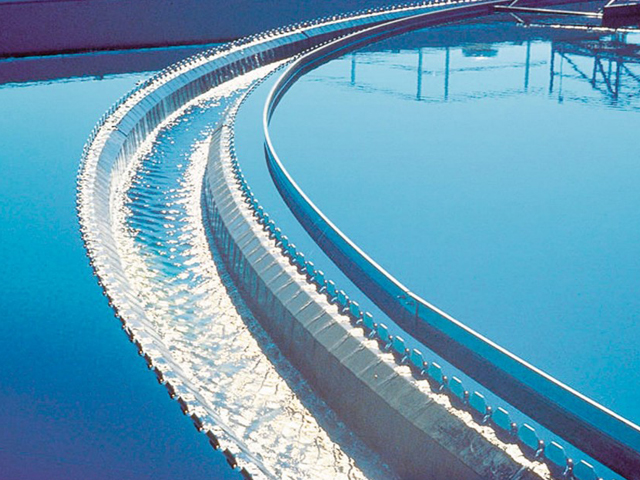When the series of double bonds cross over about twenty, the colour absorption shows up in the visible spectrum. Ozone breaks these organic double bonds, and as more of these double bonds are broken, the colour disappears. Surface water can usually be decolourised when treated with 2 to 4 ppm of applied ozone dosage. Chlorination of humic material leads to chlorophenols which are carcinogenic, have bad odour and bad taste. Most of the odour can be removed by treatment with ozone. Even some sulphur compounds such as hydrogen sulphide, mercaptans or organic sulphides can be oxidised to sulphates with ozone. Chlorine reacts with organic materials to form chloro compounds like chloroform, carbon tetrachloride, chloromethane and others, generally known as Trihalomethanes (THMs). Ozone reacts with organics to break them down into simpler compounds. Combined with activated charcoal, these can be removed. This ozone pre-treated water can then be treated with low level of Chlorine dosage, say 0.2 - 0.3 ppm to maintain sanitation in the distribution system to achieve bacteria static level when there is no ozone present in the water. This way no THMs will be formed. The THMs have been implicated as carcinogens in the development of kidney, bladder and colon cancer.
Ozone is used as a primary disinfection to take care of the disinfection in the primary stage. However, the drawback for ozone in this particular case is its very short half life. As a result, there is no ozone in water while it is being transported in pipelines to the point of consumption. In order to control bacterial breeding in the water under transportation, some amount of chlorine is injected enough to maintain the required residual disinfectant level in the water till it reaches the point of consumption. The result is that this treated water has far lower level of harmful carcinogenic compounds, partly because ozone reduces the organics in water and partly because there is less amount of chlorine used than otherwise.
The application of ozone in municipal water treatment is quite simple. After the water is pumped from the source, it undergoes various stages of treatment to reduce the colloidal and suspended particles. Ozone is injected in to this water using injectors or/and diffusers inside a large contact tank to mass transfer ozone in to water. The contact tank serves the purpose of giving enough residual time to complete the disinfection and oxidation reactions.

